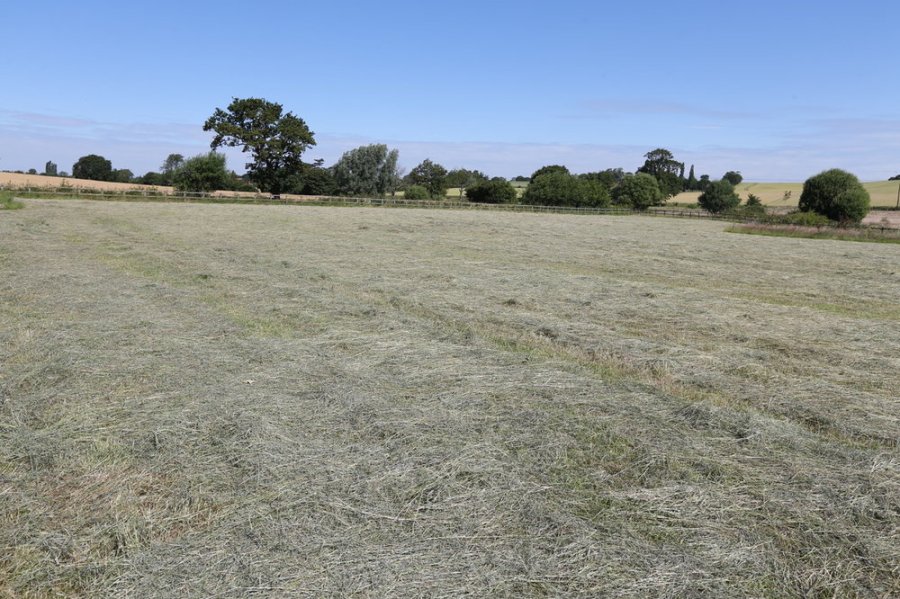With a swelteringly hot, dry summer following hard on the heels of a cold, wet winter the parched grass has struggled to grow well in many parts of the country. Hay supplies have been used up early, while harvests have been compromised. But if there is a winter hay shortage there’s no need to panic says Clare Barfoot RNutr, the research and development manager at SPILLERS, because there are plenty of forage alternatives to choose from.
Fibre provided by forage is the mainstay for equine digestive health. Every horse or pony should have a minimum fibre intake of 15g/kg bodyweight (dry matter) per day, which is approximately 9kg of hay or 10.5kg of haylage for a 500kg horse. Ideally horses should be fed fibre ad lib, unless on a specific restricted diet.
“As yet it’s unclear as to the extent of any potential shortage of winter forage but it’s likely that quantity and quality may be reduced and prices may go up accordingly,” says Clare. “But don’t worry because there are numerous hay and haylage alternatives that can replace or extend your winter forage supply.”
Straw
Good quality straw is particularly useful for good doers and overweight horses to decrease the energy density of hay. The type of straw is less important than the hygienic quality, although oat and barley straw are used more commonly than wheat. Straw shouldn’t be used as the sole forage source though as the protein content is very low and the fibre can be particularly indigestible, which can contribute to impaction colic in susceptible horses. Up to 30% replacement is acceptable.
Chopped dried grass
Dried grass differs from hay because it is harvested earlier and is dried artificially rather than in the field. It is much greener in colour than hay and is often higher in protein and energy. It’s ideal for poor doers and veterans but shouldn’t be used to completely replace forage and should be avoided for laminitics and good doers.
Grass nuts
Harvested and dried in a similar way to chopped dried grass, nuts are pelleted rather than chopped. The protein content is higher than hay and the fibre content is lower so they provide more energy per kilo. They are not suitable as a complete hay replacement but can be useful for poor doers and veterans. The high water soluble carbohydrate levels make them largely unsuitable for those prone to laminitis.
Sugar beet
Soaked sugar beet is a palatable way to add fibre into your horse’s diet. It can’t be used to completely replace hay because its 80% water once soaked and doesn’t require much chewing – which is physically and psychologically important for your horse. But, there is some evidence that feeding sugar beet can increase the digestibility of your horse’s hay.
Short chopped fibre
These can be a useful option. Some contain vitamins and minerals in addition to chopped straw, grass and alfalfa. Look for products that can completely replace hay due to their similar levels of protein, fibre and energy. Often these products are also suitable for laminitics and good doers as well.
Soakable fibre products
Often these can partially replace hay due to their high fibre and low sugar and starch content. Look for products that have protein levels of 8-10%, which is similar to hay.
High Fibre Cubes
These are a versatile and palatable way of providing additional fibre to the daily ration as a complete compound feed, as a partial forage replacer or as healthy fibrous treats in a snack ball.
Don’t miss the latest issue of Your Horse Magazine, jam-packed with training and veterinary advice, horse-care tips and the latest equestrian products available on shop shelves, on sale now.









